There are some natural plants which can fight pollution inside the house, which many people are not aware about. Instead they unnecessarily try to clean their houses using vacuum cleaners and cleaning solutions which are harmful and costly.
In spite of using these modern equipments we find we are not free from diseases, dirt and dust which contaminate the air around us.
When compared to the vacuum cleaners, plants do not make noise like them. Maintenance of a plant is very cheap but at the same time we will have to shed many dollars to maintain a vacuum cleaner...
The best way to control pollution at home is through these ten plants which can be bought.
1) Feston Rose Plant :

Feston rose plant
(Photo by parkseed)
A lovely and low maintenance indoor plant which can be considered is the Lantana camara or the Feston rose plant. The uniqueness of this plant is that it produces numerous flowers which have a variety of colors.
This plant has a tendency to endure blazing heat or heavy winds. It can survive even with less water and in salty conditions. The leaves of these plants give out a very pleasing and strong fragrance, which leaves the house smelling fresh and also removes impurities from the air.
2) The Devil’s ivy:

Devil’s ivy
(Photo by jayjayc)
The other name for Devil’s ivy is the Golden Pathos and the scientific name is Epipiremnum Aureum. The leaves of the plant are very striking, they are marbled and the colors of the leaves are gold, which is true to the name of the plant. The Devil’s ivy is a very fine looking vine plant.
The plant flourishes and grows even if they are not taken care. The common air pollutants like the benzene, carbon monoxide and formaldehyde is controlled by this plant, it is the best natural way to purify the air around and in the house. The plant grows downward, so it is grows at its best when kept on a ridge. This plant should be consumed internally, even by the pet dog.
3) Phalaenopsis:

Phalaenopsis
(Photo by mendelu)
This indoor plant has the most adorable flowers which are white and pink flowers. The leaves are fleshy which can be seen at the bottom of the plant and they are less in number also. The plant has a rhizome which almost looks like a stem.
This lovely plant should be kept inside the house under artificial light, because they cannot bear the light and the heat of the sun. The flowers add to the appearance of the place and the plant also purifies the air around the house. The plant is small in size, but the flowers are quite big and wonderful.
4) The English Ivy:

English Ivy
(Photo by eco-friendly-promos)
The scientific name for this plant is Hedera Helix. People who have pets at home are recommended to grow these plants because they have a capacity to remove pollutants like the fecal particles and formaldehyde aerosols. The house can be kept free from harmful contaminants.
The leaves of the English Ivy differ in shape, size and color for each plant because there are many species and they require a large space to grow and lot of care has to taken while growing these plants.
These plants can be grown in the bright sun but they should not be exposed to direct sunlight. The soil has to be quite dry or well drained to grow the English ivy and extra care has to be taken when growing them inside the house because they are poisonous.
5) The Parlor Ivy:

Parlor Ivy
(Photo by mgonline)
The other name for Parlor Ivy is heartleaf Philodendron and the scientific name is Philodendron Scandens. They are very beautiful looking and also cleans the impure air inside the house. The leaves of these plants are heart shaped and dark green in color, that why they are names as heartleaf Philodendron. The leaves are so beautiful looking that they can captivate anyone looking at it.
These climbing plants are very easy to maintain and grow very easily. They filter the chemicals which are dangerous and unsafe inside the house and keep the air around fresh and clean to breathe.
6) The African Violets:

One of the most beautiful and lovely indoor plant are the African Violets. The scientific name for African violets is Saintpaulia. The Africa Violets have lovely violet flowers which make the plant look very attractive and appealing to the eye. This plant makes the house look pleasing and fresh also.
To grow this beautiful plant, a leaf cutting will do. They are available in many colors, sizes and shapes. They require only a certain amount of light and heat. These plants tend to get infected by the scale like plant eating insects called the pathetic mealy bugs, so great care has to be taken.
7) The Christmas cactus:

Christmas cactus
(Photo by bombippy)
This plant blossoms during Christmas, and is considered a Christmas gift. This plant doesn’t resemble the Christmas tree or a cactus.
The silky flowers blossom in different colors pink, violet, red, orange and purplish red. The leaves are sharp and look pointed and lobed. The Christmas cactus requires good light and water to survive. It has a Y shape cutting which makes it look beautiful and attractive also.
 The Yellow Goddess:
The Yellow Goddess:

The yellow flower which is found in the plant makes the plant look so attractive that we feel that it is blessed by the Goddess of the color yellow. The name is so significantly give to this plant.
The flower is shaped like a trumpet and the base of the flower is green in color, they look so striking that we feel like gazing at them. The size of the flower varies from very small to large ones according to the different hybrid.
After planting this plant, within six to seven weeks we can find the growth which looks like a beautiful bulb shape. This plant requires light but not the sunlight direct from the sun. This plant looks very attractive in the house because it looks very small but the lovely yellow flowers grow quite large.
9) The Garlic vine:

The scientific name given to this plant is Mansoa alliacea. The specialty of this plant is that the leaves and the flowers when crushed give out a smell of the garlic and the onion. People who love onion and garlic can grow them.
This plant has got medicinal values. The garlic also consists of medicinal values to cure many health issues. The flowers, root and the leaves can be treated for many ailments like cold, sore throat, fever and breathing problems.
There is a myth among people that it is a good luck plant and sends away all the bad luck from the house. The flowers are bell shaped and lavender colored. The garlic vine is a plant which has good medicinal values and purifies the air around the house also.
10) The Peace Lily:

The peace lily
(Photo by movingtoanapartment)
The name given to this plant is very suitable because they have stunning white flowers. The color white is always considered as the color of peace and harmony. The scientific name of this plant is Spathiphyllum. The beautiful flower surrounds the axis and is round in shape.
The plant grows very easily and they have flowers which grow from the bottom of the plant which makes the plant look more beautiful. The flowers feel smooth and leathery.
This plant requires temperate or low light to grow well. The soil has to be wet or dampish and direct sunlight can be avoided to save the plant from sunburns. Another quality of this plant is that it removes the dangerous effects of toluene, xylene and benzene. These are easily found in the nail polish removers, paints used at home, solvent solutions and adhesives which we frequently used harmful things. These harmful pollutants are removed when we plant the Peace Lily at our houses to improve our health.
To retain the freshness and healthy environment, any of these ten plants can be bought and planted.
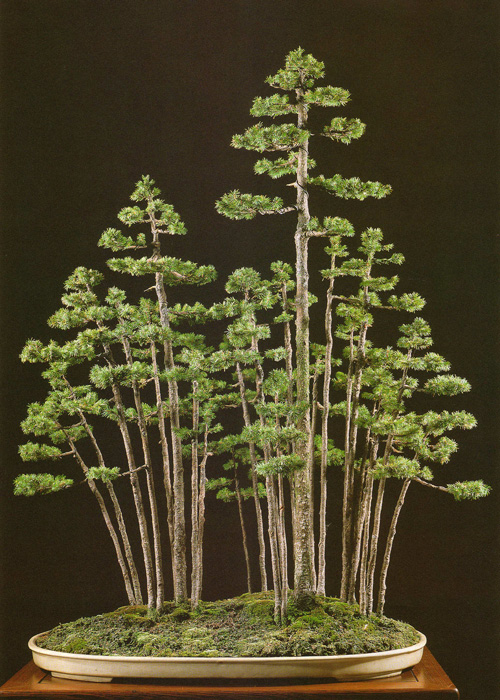
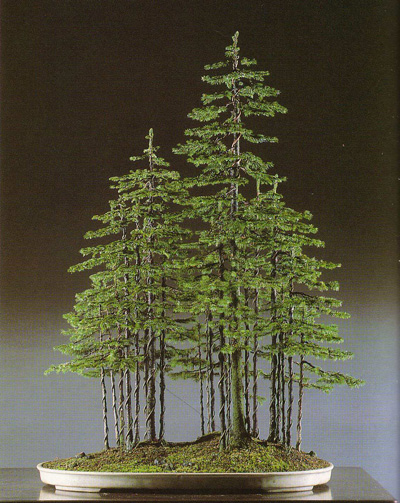
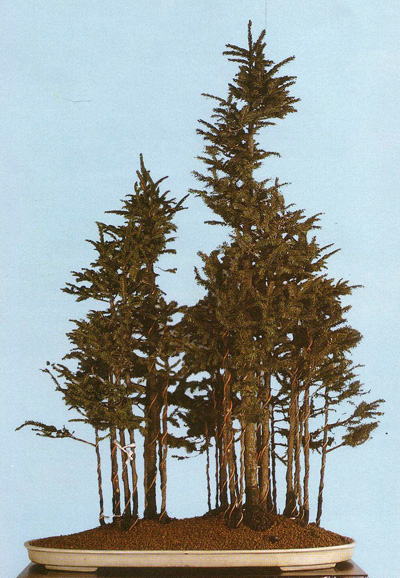
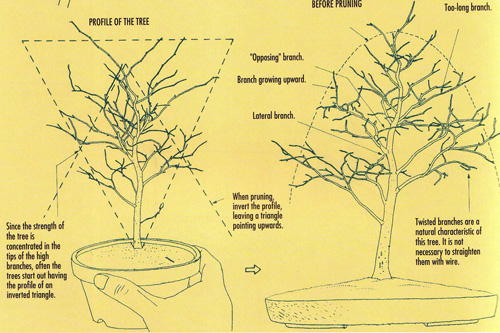
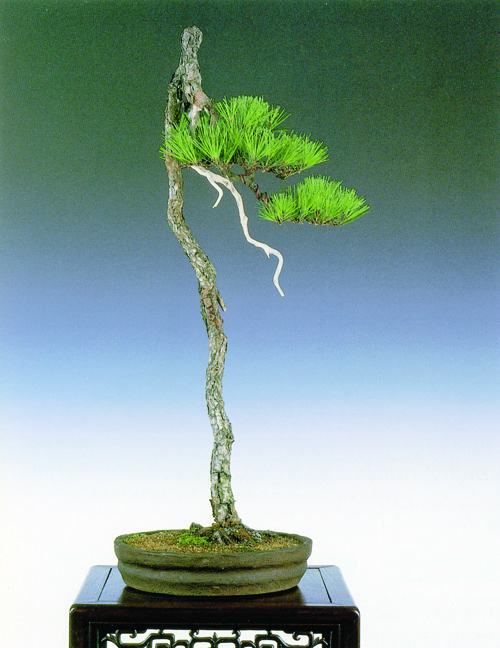
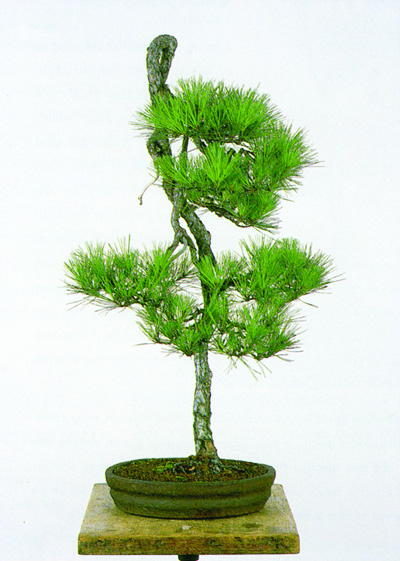
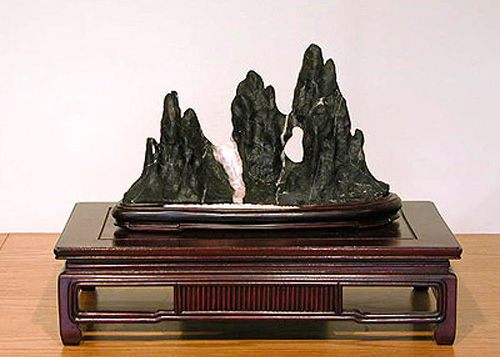
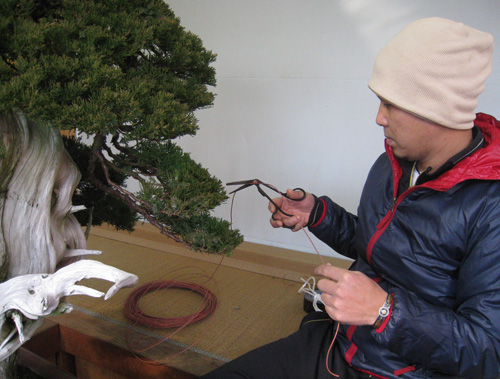



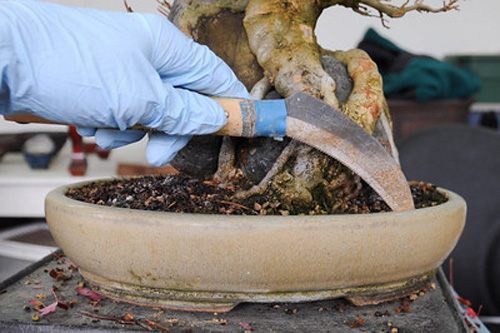
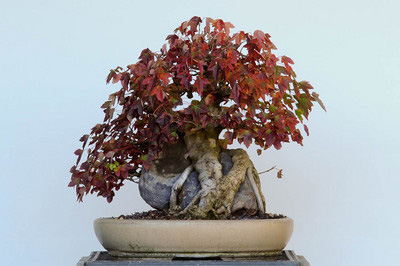
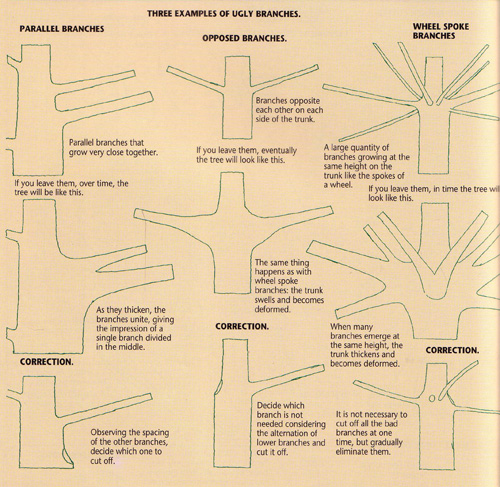
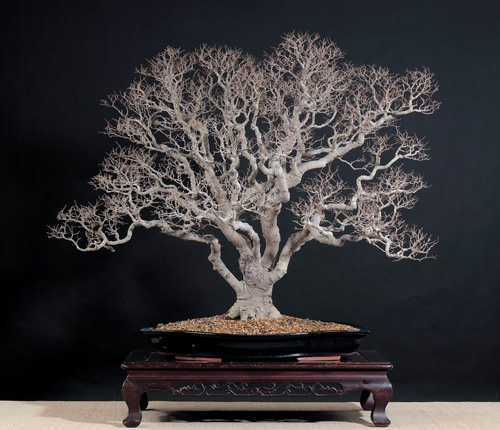
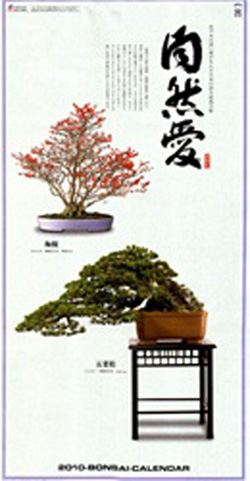
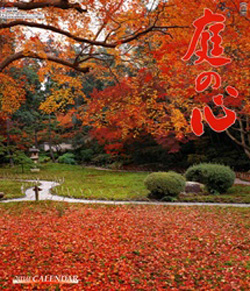




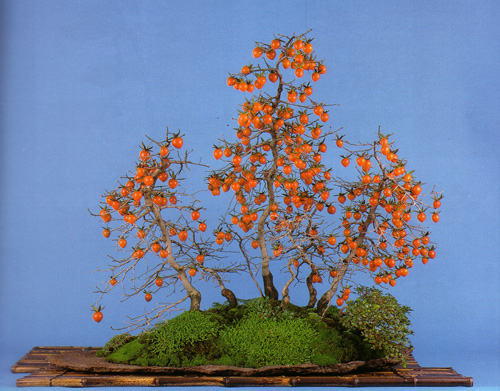
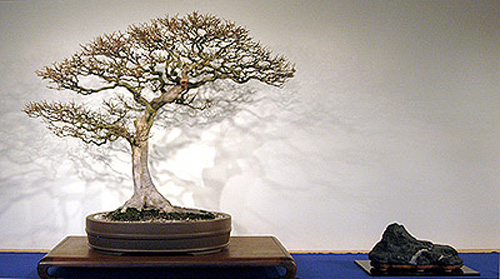
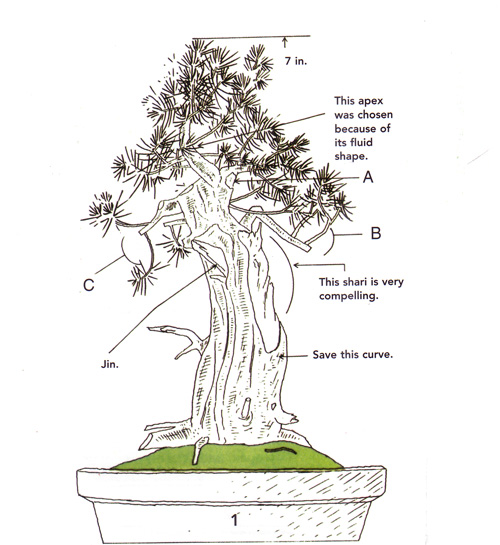

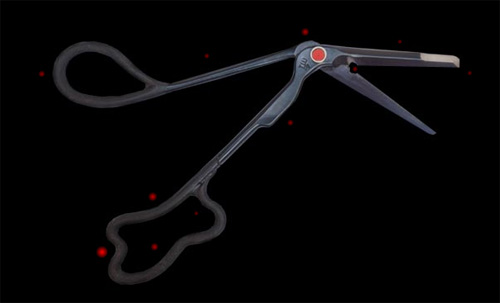
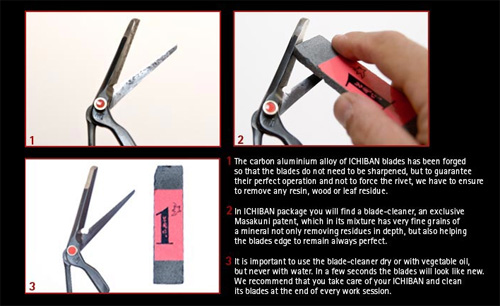
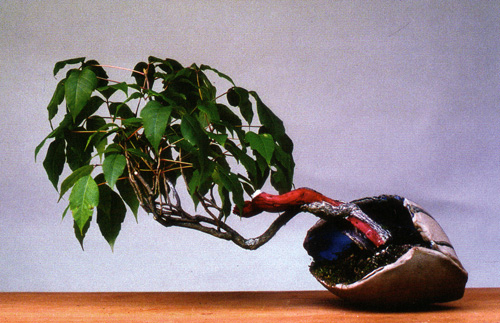
 Learn how to avoid common problems with bonsai tree growing, in this free video.
Learn how to avoid common problems with bonsai tree growing, in this free video.
 Plants + presents http://www.plantsplus.jp/
Plants + presents http://www.plantsplus.jp/ Video montage of some beautiful Bonsai Trees.
Video montage of some beautiful Bonsai Trees. Maintaining a bonsai garden is fun and easy with these tips from a bonsai garden professional.
Maintaining a bonsai garden is fun and easy with these tips from a bonsai garden professional. Graham Potter shows some basic bonsai carving techniques on a giant hornbeam.
Graham Potter shows some basic bonsai carving techniques on a giant hornbeam. Learn special watering instructions are needed to properly care for your bonsai tree, in this free video.
Learn special watering instructions are needed to properly care for your bonsai tree, in this free video. The word Bonsai is Japanese and literally translated it means planted in a container. Basically Bonsai is a collection of techniques to grow, train and care for a tree in order to shape it into a miniature but naturally and old looking tree. Throughout the ages Bonsai has evolved from plants being grown in containers into a well respected form of art.
The word Bonsai is Japanese and literally translated it means planted in a container. Basically Bonsai is a collection of techniques to grow, train and care for a tree in order to shape it into a miniature but naturally and old looking tree. Throughout the ages Bonsai has evolved from plants being grown in containers into a well respected form of art.








 Just getting started in bonsai? This video with tips for beginners will help you learn how to grow bonsai trees.
Just getting started in bonsai? This video with tips for beginners will help you learn how to grow bonsai trees.